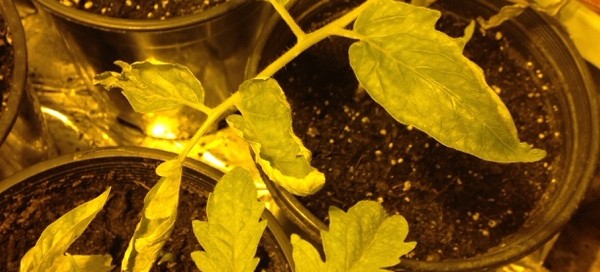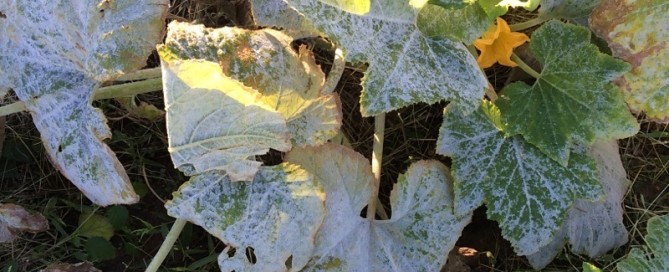Spider Mites
This damage is indicative of a large infestation of spider mite. These are tiny insects related to spider tht suck plant sap and chlorophyll from the leaves, causing the speckled appearance we see on these leaves. Control can be hard with a large infestation. Begin by removing all the infected leaves and destroying them. Use a spray of neem oil, or insecticideal soap, or other control specifically rated for spider mites. Be sure to spray the underside of the leaves where the invisible eggs and nymphs are found. Usually it is best to spray for two to three weeks, then quit for a while unless you see another generation begin to cause damage. Overspraying can kill a number of other insects that prey on these pests. You can also help keep the population of pest mites down by occasionally washing off the leaves of the affected plants early in the morning (and allowing them to dry throughout the day).









